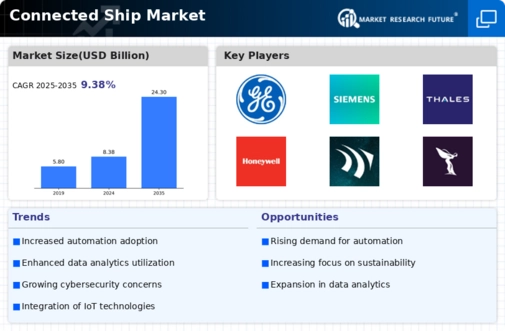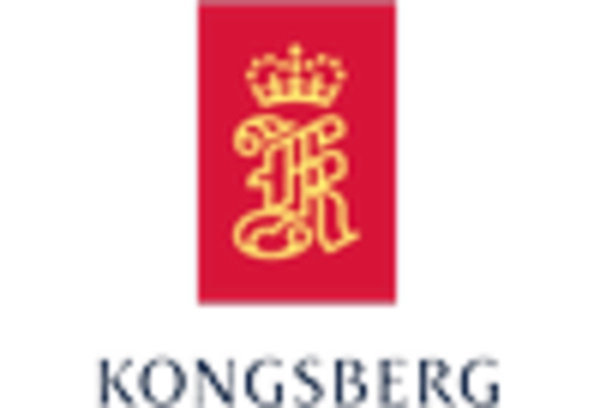Market Analysis
In-depth Analysis of Connected Ship Market Industry Landscape
The maritime landscape is undergoing significant changes caused by technology advancement slowly transforming the connected ship industry. The modernization process requires incorporating connectivity solutions into vessels hence creating a highly vibrant market environment. Immediate data demand operational efficiency improvement and safety enhancement which are some of drivers propelling this transformation across maritime fraternity.
The increasing focus on data-driven decision making is one of the main factors driving the growth of connected ship’s market. With connectivity enabled devices like sensors; IoT system among others connected ships help generate huge amounts of live information at all time. These include engine operations’ performance levels as well as fuel usage patterns and even navigation parameters plus weather updates amongst others relevant variables relating to vessel transactions at sea. Fleet operators’ access to this data therefore facilitates them in selecting better routes, reducing energy bills and enhancing efficiency of day to day operations.
Connected ships are driven by the need to improve operational efficiency. The adoption of smart technologies has enabled the automation of various onboard activities leading to efficient operations with reduced human intervention. This is further complemented by the use of automated monitoring systems, predictive maintenance and remote diagnostics which reduce downtime, increase component life cycle thereby improving the ship-owner’s bottom line. As such, ship owners are increasingly recognizing the potential for saving costs associated with connecting their vessels thus pushing for its wider adoption across maritime industry. In the maritime sector, nothing is more important than maintaining safety and security; however such issues can be resolved through connected ship technologies. Real-time vessel condition monitoring using an advanced communication system allows these systems to detect any threats pertaining safety on board at earlier stages hence acting proactively.
Connected maritime technologies have also been stimulated by regulatory actions and industry rules that are inclined toward the integration of connected technologies in the sea domain. Concerning environmental sustainability goals, such as emissions reduction and ecological mitigation measures for maritime activities, governments and international organizations globally have started embracing connected ships for their benefits. Thus, market development is now being guided towards more sustainable marine industry with regulatory frameworks changing to incentivize connected technology adoption.
However, these opportunities bring some challenges in the connected ship market. The issues include data privacy concerns, high initial costs of adopting connected ship solutions and interoperability. These challenges can only be addressed through collaboration among various stakeholders including technology developers, ship owners as well as regulators through standardisation of protocols, ensuring security of data and enhancing seamless integration of their affiliated systems which are interconnected.

















Leave a Comment